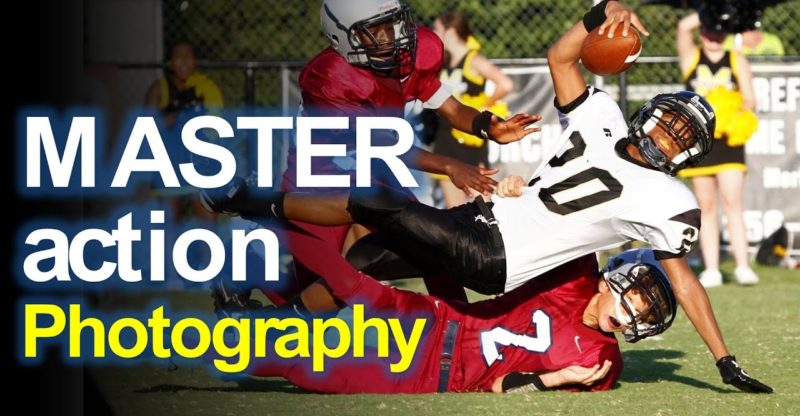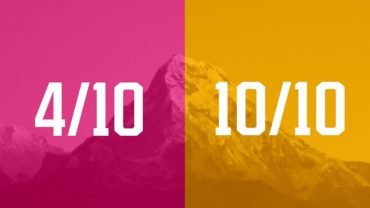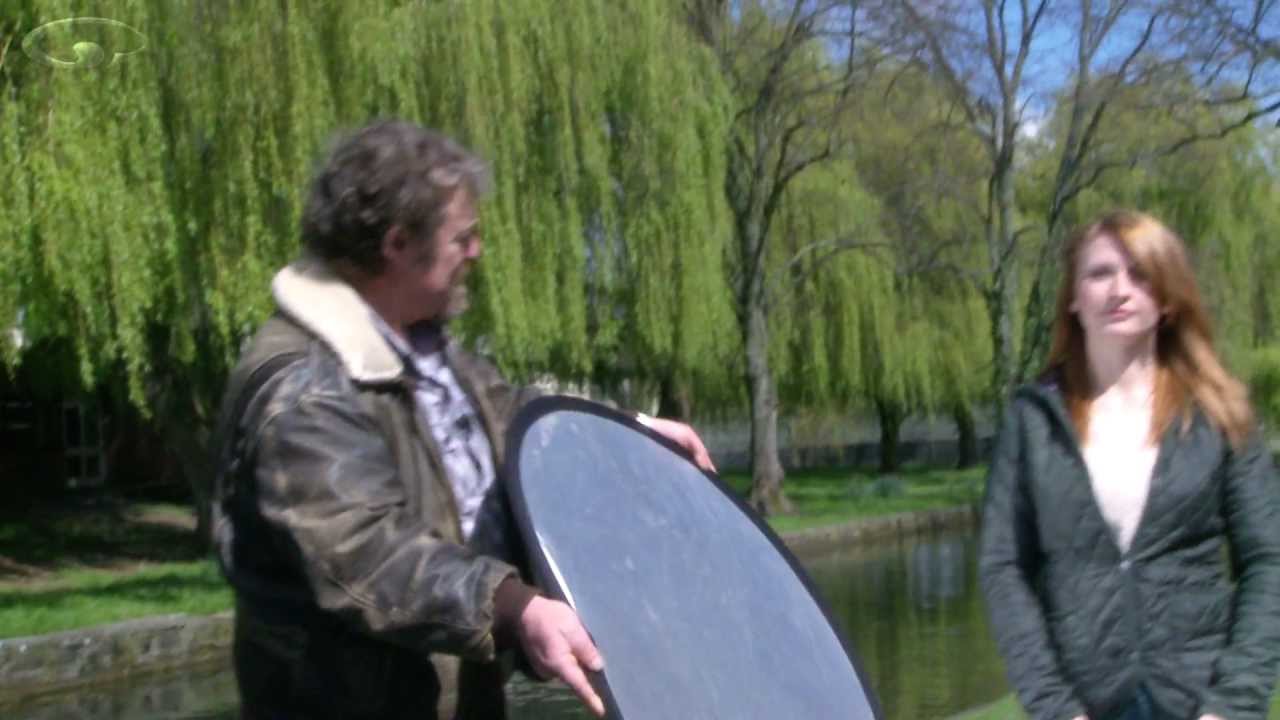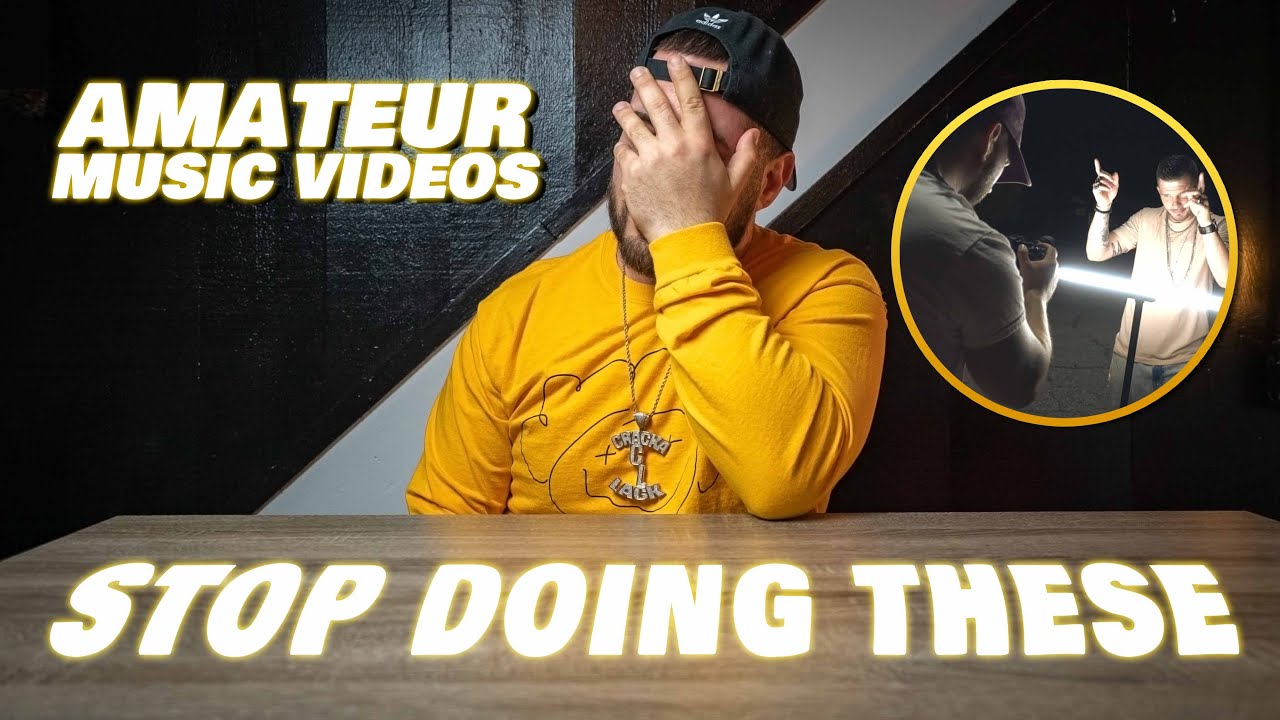The secrets of sports photography
if you're looking at taking better
action shots the next 10 minutes may give you some good tips whether you
shoot Canon Nikon or have third-party lenses this isn't a comparison there's
some tips that apply to both types of equipment main thing you're gonna need a
digital SLR most important part of that digital SLR is something with a low
shutter lag time when you hit the shutter release you want that exposure
to be taken you're gonna want control over shutter
priority aperture priority full manual modes and even things like metering
control focus control and of course good frames per second if you'd like to shoot
pictures in rapid succession I see somewhere around 4 frames per seconds
probably the minimum most cameras are a little bit higher than that these days I
personally shoot with a Canon 7d it is 8 frames a second very very fast great
shutter lag time at 59 milliseconds depending on your budget you can get
something little bit faster or a little bit a little bit slower Nikon makes find
fast cameras as well so don't fret if you don't have the brains that I have
listed here when it comes to lenses there's really a couple different
schools of thought if you will there's if you're shooting sort of low light or
or bright light low light meaning outdoor football games at night or
indoor basketball games you're getting some pretty fast lenses for that if
you're shooting a full outdoor you can get by with slower lenses some of the
consumer grade lenses but there's some ideal focal lengths that are listed on
the screen there of course there's many more action types that I have listed
here like race cars and biking events and things of that nature keep in mind
that some lenses tend to be very expensive the faster they get you might
consider a prime lens a little difficult to manage with a fixed focal length but
certainly a viable option some camera settings that you're going
to want to do is you're going to have to get off the creative modes you're gonna
have to get off the green mode you're gonna have to go to a manual aperture
priority or shutter priority I know this is out of the comfort zone some people
but it's really no option on no way around that
when it comes to white balance most cameras do good with automatic white
mounts but you may have to go to some of their type of setting if you need to you
might want to shoot in machine gun mode rapid succession I call it machine gun
mode it's up to you there's some pros and cons for that I'll cover in just a
few minutes here if you have image stabilization or vibration reduction
turn that off that is only good for still the small little thumb wheel that
you see on the camera there it's a diopter that helps adjust the focus
point of the viewfinder so if yours is blurry that's probably why
something about spot focusing typically cameras on green mode will do an
averaging method so it'll pick many things in the scene try to average the
focus point and you don't know what you're gonna get I always shoot with
spot metering or a spot focus here I want that little girl's face in focus so
I make sure that I focus directly on that so how do you set your camera up
now so if you're shooting with low lighting conditions AV mode is probably
where you're going to want to start it seems counter / – ative – sports
photography but you're gonna want to force the highest shutter speed which
you're generally never going to be able to get because of a little light you'll
want to pick a lower aperture and let the camera get the highest shutter speed
that it can you're going to want to walk your aperture down and your ISO up until
you can actually get the the right exposure in there if you're shooting
with something a little a little more light that is like like outdoor for
instance TV mode is probably where you want to start set with a shutter speed
that is going to get your desired stop effects this is something I can't tell
you easily you're gonna have to experiment around with this for instance
a baseball player you might want to have stop action around 500 to get the ball
just slightly blurred but something fast like like a racecar event or something
you might want to crank your shutter speed up even higher you're gonna have
to experiment around with that pick a lowest ISO that you can you're gonna
want to walk that up until you can get a decent shutter speed and a decent depth
of field some sample shots for what I call machine gun mode maybe not an
industry term but here I just press shut her down and let it do its this is
a cannon 20 d 3 or frames a second torso and while it got that shot I was very
lucky to get this shot as well most people think just hold the shutter down
take 20 shots in a row you're you're bound to get one that's all pure luck
there you're really gonna want to learn how to time your shots there's another
one pure luck I just tell the shutter down and I got the football player
stepping inbounds if you want to guarantee results you're gonna have to
learn how to time your shots like the the joust actually bending if this were
shot in rapid succession mode I would have never gotten that I just I'm very
good with timing things you're gonna have to learn how to do it as well some
sample shots for stop action styles most people think just take the shutter speed
and crank it up as high as you can get and while that does work it tends to
look a little freakish the ball looks almost painted in that image and there's
really no movement by any kind of level of blur this image here probably a
little bit too much blur you can see the hula hoop has got some nice action on it
but the the subject is starting to blur a little bit as well sweet spots
somewhere in the middle again I can't tell you're gonna have to experiment
around with it the tires are nice and blurred the background is a bit blurred
and the subject itself is in a nice clear clear view so little tip minimum
shutter speed is going to be 1 / the focal length times the crop factor so
let's something like 200 millimeter lens you're going to need to set your minimum
shutter speed and that's just a counter effect or counteract the handshake
effects of about 1 / 320 so if you've got a real low light condition and your
meter says I can only get to one a two hundredth of a second you're not going
to get very clear shots with the very long lens so that's why you're gonna
have to work with your ISO and some of your other camera settings to get
something more appropriate here's some sample shots for
depth-of-field this is uh one of my signature type of
things I like to do is have a lot of black background blur the first example
on the left you're really looking at the people sitting down in the spectators
it's very distracting it's hard to see that the baseball player take a swing at
that homerun while the one on the right obviously it's got a lot of background
blur and draws your attention to the subject now I realize the background is
much further away it's naturally going to be blurred but if you like that
effect you're going to have to get a young a wider aperture or a a lower
aperture value if F 2.8 f/4 is probably the minimum you want to be some sample
shots for ISO settings some people think that low-light cranked the ISO all the
way up you don't want to do that this probably doesn't come out very well this
is a very grainy shot just a throwaway shot it's got a lot of noise in there or
something a lot clearer ISO 200 you can really start to see the detail in the
shot so be careful when you start cracking your ISO up that the higher it
doesn't necessarily mean better so a couple tips on now where to stand it
really depends on the type of event that you're shooting if you're shooting a
fast-moving object like tennis or basketball or auto racing find a good
spot and stick with it move periodically to adjust for background or light
conditions slow moving objects like football or swimming move with the
object but don't chase it around something like football games for
instance I'll get myself five ten yards ahead of the ball and I'll kind of walk
with that line of scrimmage as it moves around so it's great to see the
quarterback throwing the ball almost at you look for places where light
illuminates the subject very well meaning get the Sun at your back look
for a background obstacles that might be kind of bad to see like telephone poles
and stuff like that and make sure that you're courteous and you're not in
spectators view and out of obviously the objects way don't go walking on the
football field or anything like that and make sure it's legal for the sport a
place that I like to go but you can't is behind the goal at a soccer game it's
really illegal to be back there's just make sure you are
by the laws of the particular sport this shot here I was at the I guess the net
line typically when people want to take pictures or kids playing tennis they
want to side on their the same side you probably don't want to do that get on
the opposite side that way you can look at their face when they're shooting it
if you're at a football game I go right to the goal line if it's the balls
getting close to it's a great way to catch that if taking a picture of a
baseball game and the the pitcher is right-handed
line up on third base if the pitcher is left-handed line up on third base or
first base that way you can see their actual face I miss for the batter if
they're left-handed line up on third base that way when they're taking a
swing you can actually see their facial expressions as they're swinging for the
fence if you're into concerts and stuff action shots there if you can get right
up at the stage or at the front that's the best place to be or if you're at a
up a play or a school dance or something try to get as close as you can to try to
you know catch as much action like the little boy taking the his mask off at
this particular event when to shoot if you have a choice probably the worst
time to shoot is at midday you've got the Sun coming straight down and it
gives us nasty nasty shadows on the children's faces a lot of times he just
don't have a choice and that's when you're gonna have to do what these are
mostly throwaway shots midday shot during a tennis match the
boy happened to look up so at least I got some light on the face there but as
soon as he lowers his head the head comes down creates that shot on the face
this is not bad but definitely not optimal outdoor events like airplane
shows and things of that nature this has taken around five o'clock so I've got a
little bit of dusk lighting if you will and it's not optimal how these Blue
Angels here this took a lot of Photoshop editing to bring that into view because
as such the the light was almost right overhead and almost ruined the shot like
I said you don't have a choice over that and sometimes you get what you get you
try to work with it and here the light was so hard in the background I did a
silhouette morning is the best time look at the the lighting on the children's
faces there's no shadows it's very well lit and creates a very nice bright
effect dust is the other time when you get that really nice Sun
almost right before it goes down lumen eights things very well and has a real
nice color to it again Sun at dusk this is right before the Sun went down right
before the stands you can see the shadow up in the far right hand or lower right
hand and it's a great way of illuminating all the children's faces
here right when the Sun Goes Down you get this what I call a a white box
effect there are no shadows very flat very unappealing lighting but it's not
like you can now stop the game and roll it back a few hours then into the night
you're at the mercy of the lights and generally stadiums don't have very good
lights so you're gonna have to have some really fast lenses for for shots like
that this is taken at 1600 ISO 1600 with a 2.8 lens wide open and you know this
is about the best you're gonna get with with that kind of equipment when you're
professional events a little bit different the lighting is a better
framing is probably one of more important aspects I try to capture
enough of the to put the thing in context to whether it's a soccer ball or
a basketball or something what a lot of people try to do is look at their 300
millimeter lens out there they think they're gonna dial on the mask of a
sports player like their their their face their cheeks their nose and mouth
it just isn't very realistic you're gonna have to zoom back a little bit and
frame the subjects you catch just the story that you want to tell here I was
trying to convey the idea that I'm going up for that killer shot I'm gonna think
it through and I want to see if I yeah III can make it other types of framing
the left hand side the basketball player in context taken a free-throw shot
probably the nest not the best of framing you know backboard would be nice
to have in there little boy was Rubbia one of my favorite shots he's swinging
for the fence he can see it some people in the background he's in full view you
really know what's going on here this soccer player here is actually
another one of my favorite shots well normally you would want to get you know
the the facial expression of that but him lining after the shot the goalie off
in the background really great this is one of the times when you fast-moving
sport remember don't chase the ball around plant yourself in one spot and
you're just going to have to be wait good wait for the shot and be very very
patient with it same thing here I took this right behind home plate not my
favorite play to be you don't see anybody's facial
expressions you see the I pierced be a second baseman out there trying to get
that shot the pitcher behind home plate much much better a point of view here
he's lining up for his winning strikeout the batter's getting ready to clobber
the ball in the a shortstop is getting ready to field it so that's a good
framing shot there you don't need a 300 millimeter lens to get that this if I
remember weight was taken with about a 100 millimeter lens so again it's not
like you need to get a long zoom lens and zoom way up get yourself in a
position in the in the stands or near the dugout in this particular case you
can you don't take advantage of of a shorter length flippant but a faster
lens last but not least don't forget to capture events outside the activity the
opening ceremony to football game where people are crashing through a banner or
when they're flipping the coin to see who's going to kick off or receive or
the flip of a coin at a soccer game various other things could be could be
brought in when a player is hurt or when they're taking a break when the coaches
cheer them on perfect examples of that last but not least you're gonna start
taking pictures of people and people tend to not like their picture taken and
publish so you might run into some resistance from parents that want to
know what you're doing out there have a good story if you have a good reason to
be there that's all the better and if you're gonna put that stuff in print
anywhere make sure you have a model agreement on everything that's included
in that in terms of all the people are involved I hope you learned something
folks this is kind of a quick video here but that's it thanks for watching and
don't forget to comment














